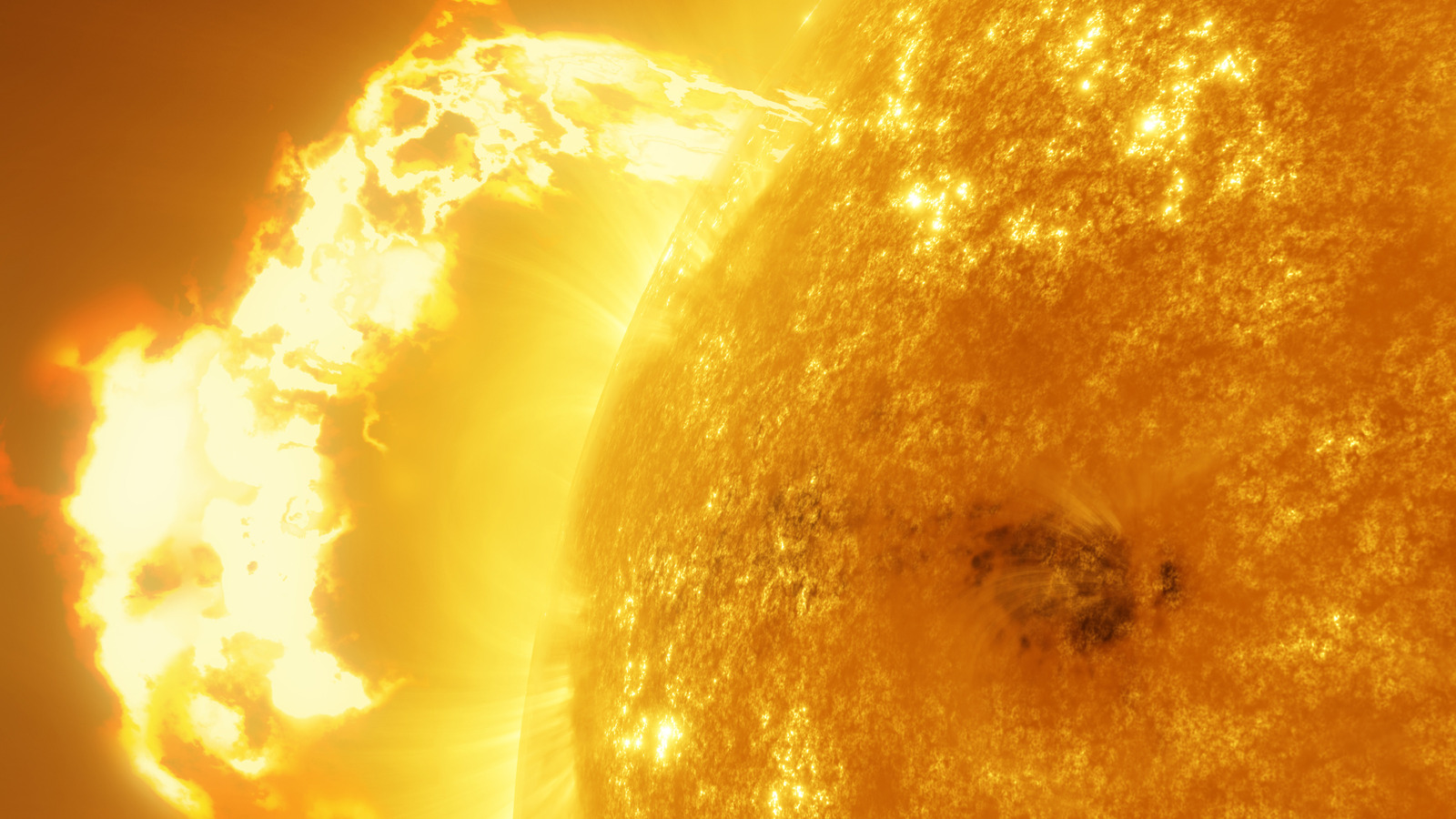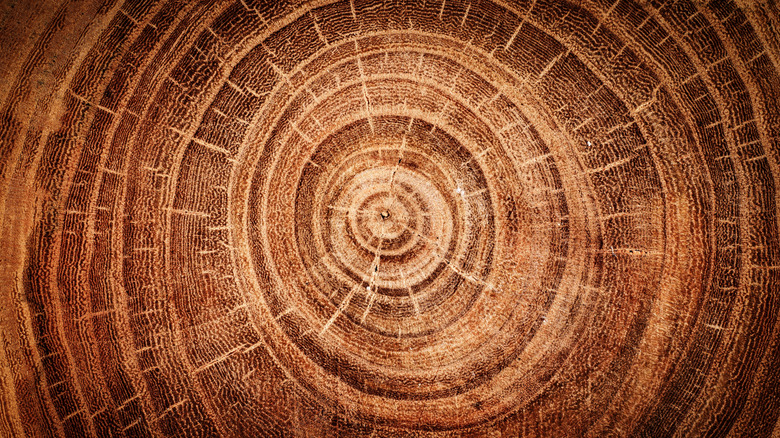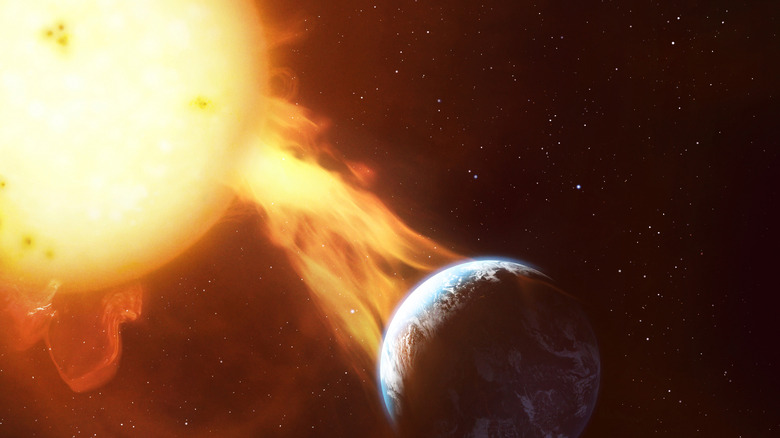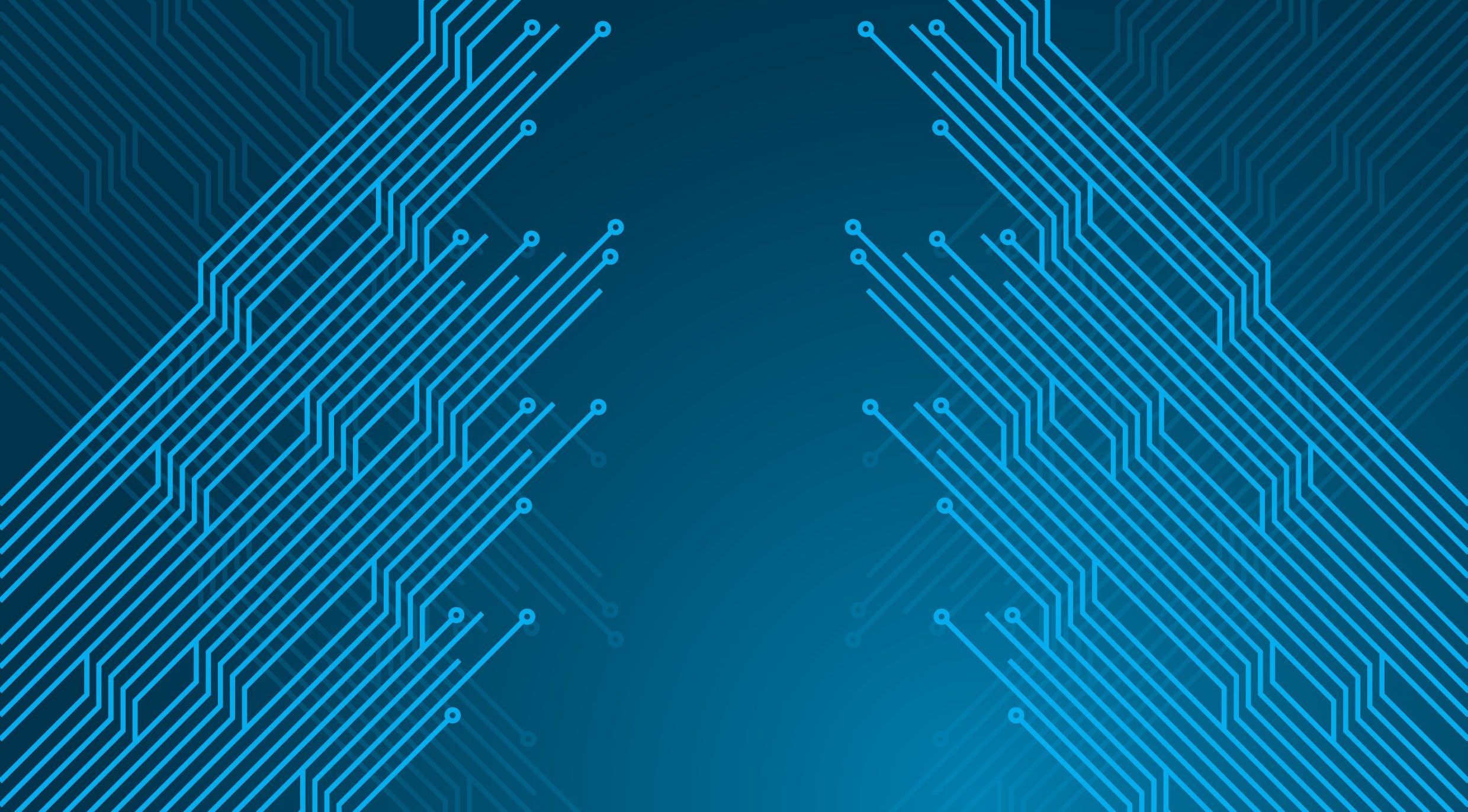A solar storm occurs when the magnetic fields of the sun get twisted enough from its rotation that they snap. When this happens, they release massive amounts of energy into space. We are not in direct danger because our atmosphere protects us, but instead, we experience solar storms through auroras and occasional power outages.
Extreme solar storms are known as Miyake Events. Only six are known to have impacted Earth across history. These storms have much more powerful cosmic radiation, about 20 times more than normal. They were discovered by Fusa Miyake in 2012 when she was a doctoral student at Nagoya University studying the inner rings of trees.
Researchers at the University of Arizona Laboratory for Tree-Ring Research and the Department of Geosciences worked to pinpoint the timing of Miyake Events. Their study was published in the communications earth & environment journal. They were able to determine that one such extreme solar event happened between 664 and 663 B.C. Being able to determine specific dates allows for better solar models and an improved understanding of the danger solar storms can pose.
How old trees were used to date the solar storm
Lead researcher Irina Panyushkina told The University of Arizona News, “The energy from this type of event not only changes the atmosphere’s radiocarbon content but also the atmosphere’s chemistry. We are trying to figure out how those short-lived and powerful events affect the Earth system as a whole.”
The research team looked for carbon-14 in trees, which is created through cosmic radiation. This radiocarbon is evident in the rings of trees and can then be used to date when the solar storm headed for Earth. To analyze these rings, the researchers used samples of ancient wood. That was then compared to ice cores from glaciers and ice sheets, which store beryllium-10 from solar storms.
Panyushkina explained the logic behind their process: “If ice cores from both the North Pole and South Pole show a spike in the isotope beryllium-10 for a particular year corresponding to increased radiocarbon in tree rings, we know there was a solar storm.”
How would such a solar storm impact us today?
Humanity across history has had nothing to fear from solar storms, even Miyake Events. But our modern technology is sensitive to these storms, and they could have devastating consequences.
We can look at a historical solar storm for some evidence of how this would impact our modern time. It is referred to as the Carrington Event of 1859. A solar storm caused telegraph communication failure on a global scale. Telegraph machines sparked, burning workers and causing fires. It was an event that, at the time, shocked the world.
A Miyake Event today would cause massive satellite problems and disrupt GPS systems. It could knock out power grids and destroy computers. It has the potential to cause over $2 trillion in economic loss. Dendrochronologist Charlotte Pearson of the University of Arizona told the BBC, “People who lived thousands of years ago would have probably seen aurora, they would have seen lights in the sky. They might have marvelled at that. But beyond that, this wouldn’t have impacted them at all. We’re the first society on Earth that might witness one of these events who would be intensely vulnerable and massively impacted by it.”











